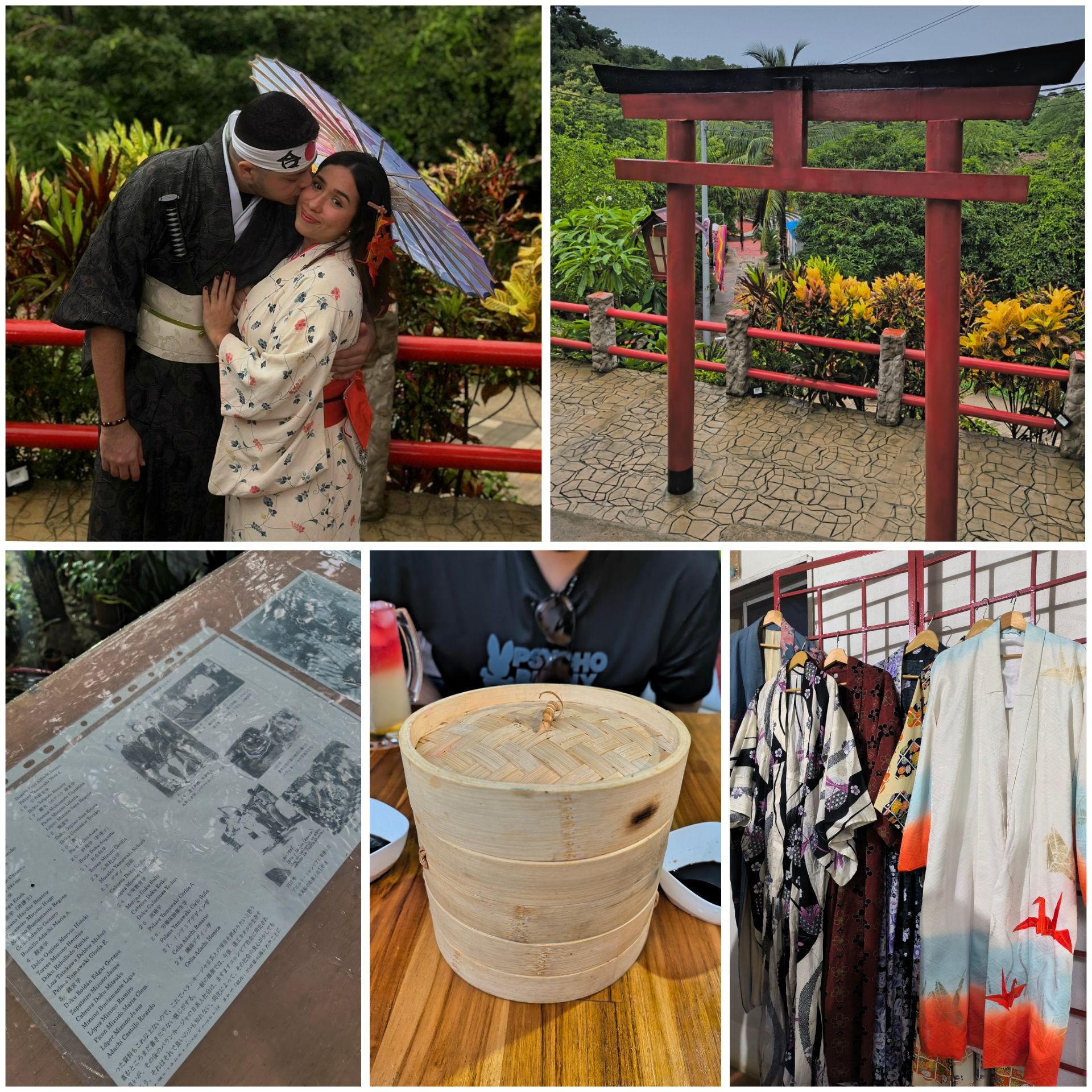 ¡Hola amigos viajeros, feliz día! Espero que se encuentren bien y que hayan pasado un día increíble. Por mi parte, me encuentro bastante bien gracias a Dios. Como les mencioné en un post anterior, hace unos días en mi visita por Usiacurí conocí "Takehara House" la cual no es solo un espacio gastronómico, si no, un homenaje a la comunidad nikkei local, que honra los vínculos que nacieron hace más de un siglo entre Japón y nuestra costa caribeña. Sin duda, toda una experiencia para contar y recordar.
¡Hola amigos viajeros, feliz día! Espero que se encuentren bien y que hayan pasado un día increíble. Por mi parte, me encuentro bastante bien gracias a Dios. Como les mencioné en un post anterior, hace unos días en mi visita por Usiacurí conocí "Takehara House" la cual no es solo un espacio gastronómico, si no, un homenaje a la comunidad nikkei local, que honra los vínculos que nacieron hace más de un siglo entre Japón y nuestra costa caribeña. Sin duda, toda una experiencia para contar y recordar.
Hello fellow travelers, happy day! I hope you are well and that you had an amazing day. For my part, I am feeling pretty good thank God. As I mentioned in a previous post, a few days ago during my visit to Usiacurí I visited "Takehara House" which is not only a gastronomic space, but a tribute to the local Nikkei community, which honors the ties that were born more than a century ago between Japan and our Caribbean coast. Undoubtedly, an experience to tell and remember.
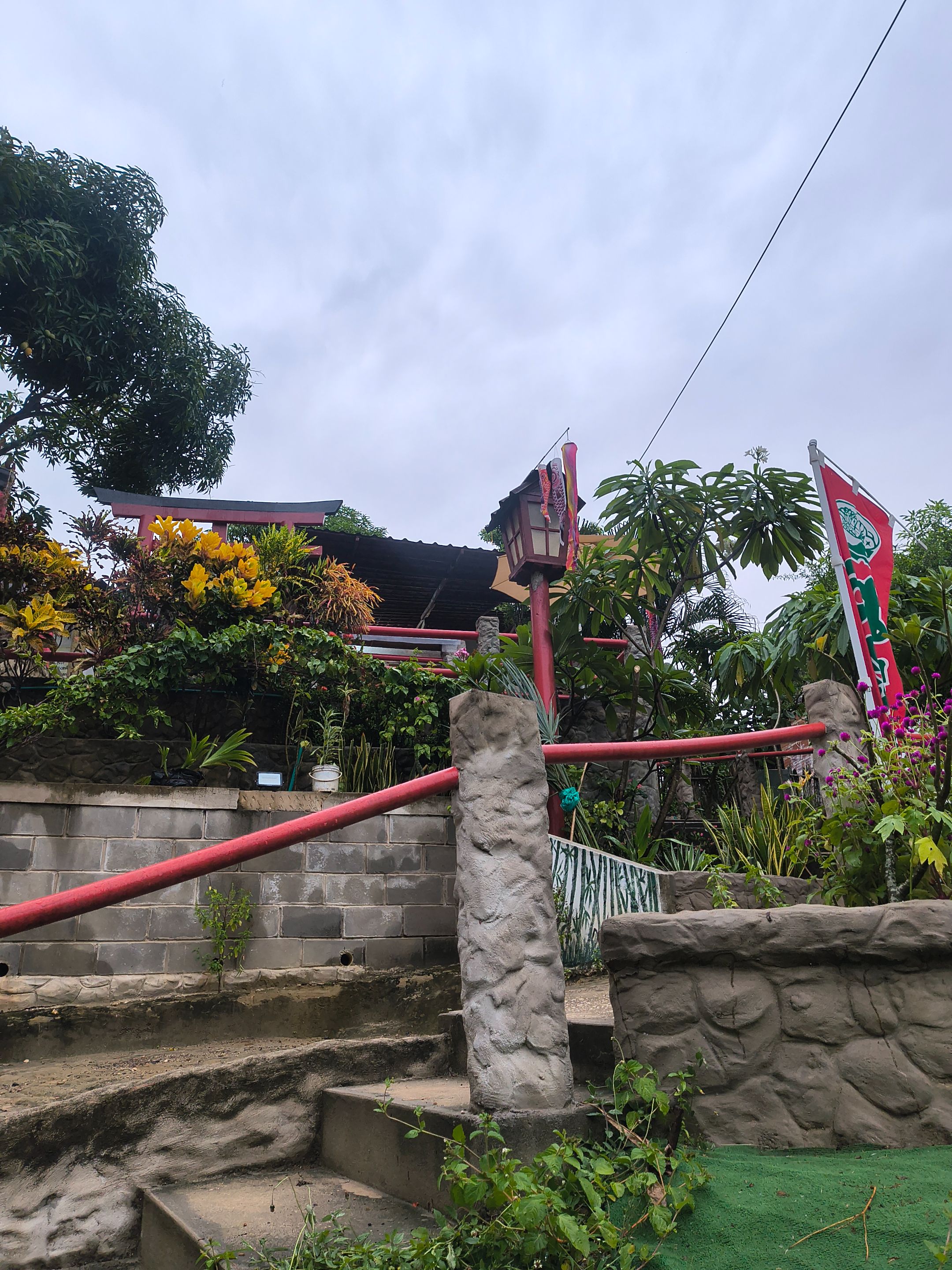

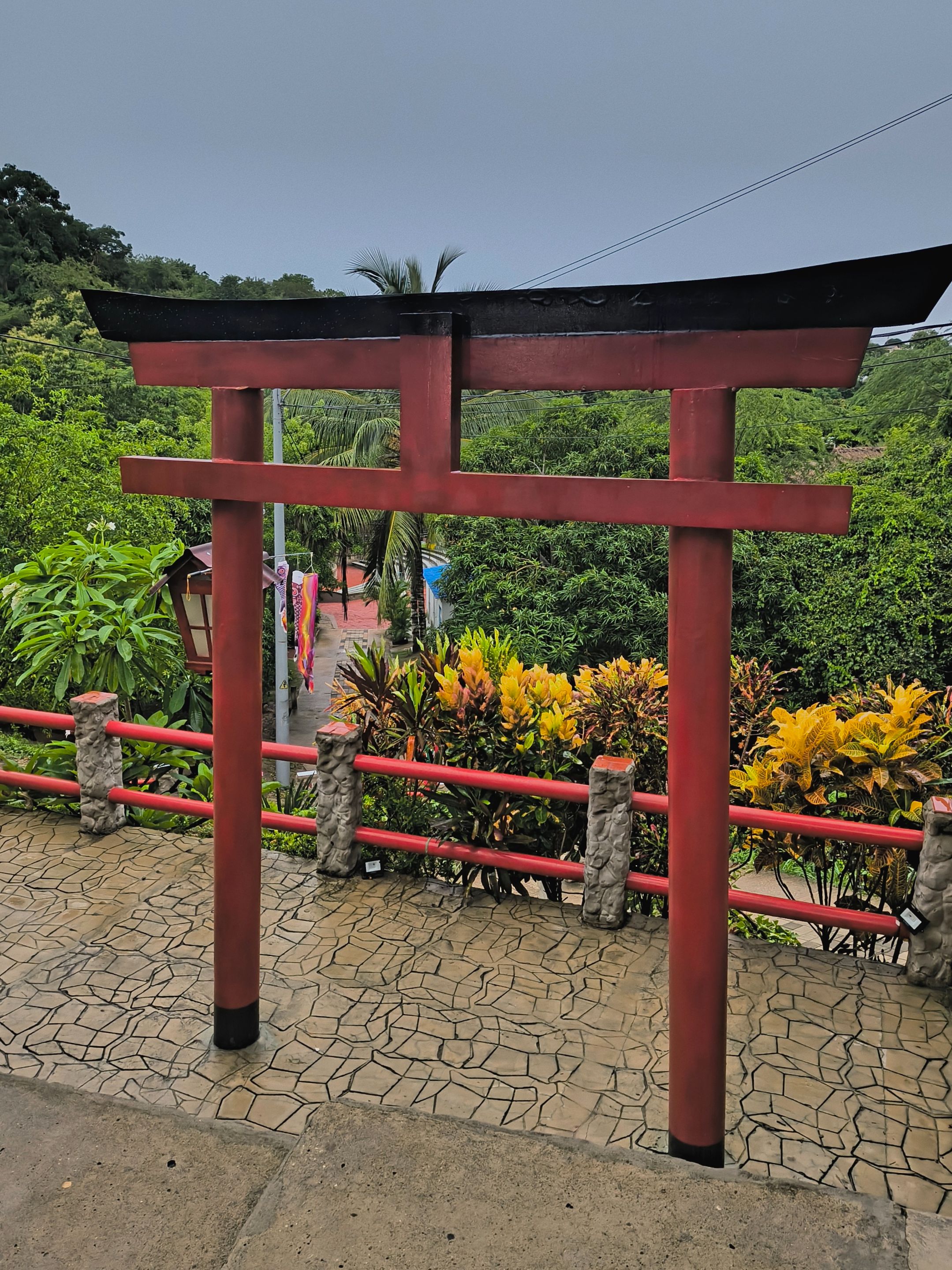 [Link worldmappin:]([//]:# (!worldmappin 10.74663 lat -74.98241 long d3scr))
[Link worldmappin:]([//]:# (!worldmappin 10.74663 lat -74.98241 long d3scr))
 Ese día el clima no estuvo a nuestro favor para nada, una lluvia fuerte nos siguió todo el camino. Y sí, debo admitir que en un momento pensamos en devolvernos, pero algo nos dijo que siguiéramos, y menos mal lo hicimos. El lugar está un poquito retirado de la plaza principal de Usiacurí, pero cuando por fin llegamos y vimos el famoso torii rojo, todo valió la pena.
Por si no lo saben, el torii es un arco tradicional japonés que marca la entrada a un espacio especial. Es como un portal que te invita a dejar atrás la rutina para entrar en otro mundo. En Japón, el rojo de estos arcos simboliza protección y buena fortuna; y aquí, en medio del Caribe, también sirve como un puente simbólico que une las raíces japonesas con este rinconcito colombiano.
Una vez cruzamos el torii, nos recibieron con el típico saludo japonés, haciendo una reverencia y diciendo unas palabras en japonés (quiero pensar que era una cálida bienvenida). Como la idea de este lugar es vivir una experiencia completa, no podíamos irnos sin probar su comida. Decidimos pedir algunas opciones como gyosas, onigiri, sushi y como postre, taiyakis rellenos con arequipe, chocolate y frijol dulce. Sin duda, todo se veía delicioso, hasta nos ofrecieron una soda fusionada, es decir, era una soda de corozo (fruta típica del caribe) con una base de té azul, que estaba deliciosa y bastante refrescante.
Siendoles honesta lo que más me gustó fueron las gyosas, la soda y el taiyaki de arequipe, ya que el arroz del sushi y el onigiri no fue mucho de mi agrado.
Ese día el clima no estuvo a nuestro favor para nada, una lluvia fuerte nos siguió todo el camino. Y sí, debo admitir que en un momento pensamos en devolvernos, pero algo nos dijo que siguiéramos, y menos mal lo hicimos. El lugar está un poquito retirado de la plaza principal de Usiacurí, pero cuando por fin llegamos y vimos el famoso torii rojo, todo valió la pena.
Por si no lo saben, el torii es un arco tradicional japonés que marca la entrada a un espacio especial. Es como un portal que te invita a dejar atrás la rutina para entrar en otro mundo. En Japón, el rojo de estos arcos simboliza protección y buena fortuna; y aquí, en medio del Caribe, también sirve como un puente simbólico que une las raíces japonesas con este rinconcito colombiano.
Una vez cruzamos el torii, nos recibieron con el típico saludo japonés, haciendo una reverencia y diciendo unas palabras en japonés (quiero pensar que era una cálida bienvenida). Como la idea de este lugar es vivir una experiencia completa, no podíamos irnos sin probar su comida. Decidimos pedir algunas opciones como gyosas, onigiri, sushi y como postre, taiyakis rellenos con arequipe, chocolate y frijol dulce. Sin duda, todo se veía delicioso, hasta nos ofrecieron una soda fusionada, es decir, era una soda de corozo (fruta típica del caribe) con una base de té azul, que estaba deliciosa y bastante refrescante.
Siendoles honesta lo que más me gustó fueron las gyosas, la soda y el taiyaki de arequipe, ya que el arroz del sushi y el onigiri no fue mucho de mi agrado.
That day the weather was not in our favor at all, a heavy rain followed us all the way. And yes, I must admit that at one point we thought about turning back, but something told us to keep going, and thank goodness we did. The place is a bit far from the main square of Usiacurí, but when we finally arrived and saw the famous red torii, it was all worth it. In case you don't know, the torii is a traditional Japanese arch that marks the entrance to a special space. It is like a portal that invites you to leave the routine behind to enter another world. In Japan, the red of these arches symbolizes protection and good fortune; and here, in the middle of the Caribbean, it also serves as a symbolic bridge that unites Japanese roots with this little corner of Colombia. Once we crossed the torii, we were greeted with the typical Japanese greeting, bowing and saying a few words in Japanese (I would like to think it was a warm welcome). As the idea of this place is to live a complete experience, we could not leave without trying their food. We decided to order some options such as gyosas, onigiri, sushi and for dessert, taiyakis filled with arequipe, chocolate and sweet beans. Without a doubt, everything looked delicious, they even offered us a fusion soda, that is, it was a corozo soda (typical Caribbean fruit) with a blue tea base, which was delicious and quite refreshing. To be honest, what I liked the most were the gyosas, the soda and the arequipe taiyaki, since the sushi rice and the onigiri were not to my liking.
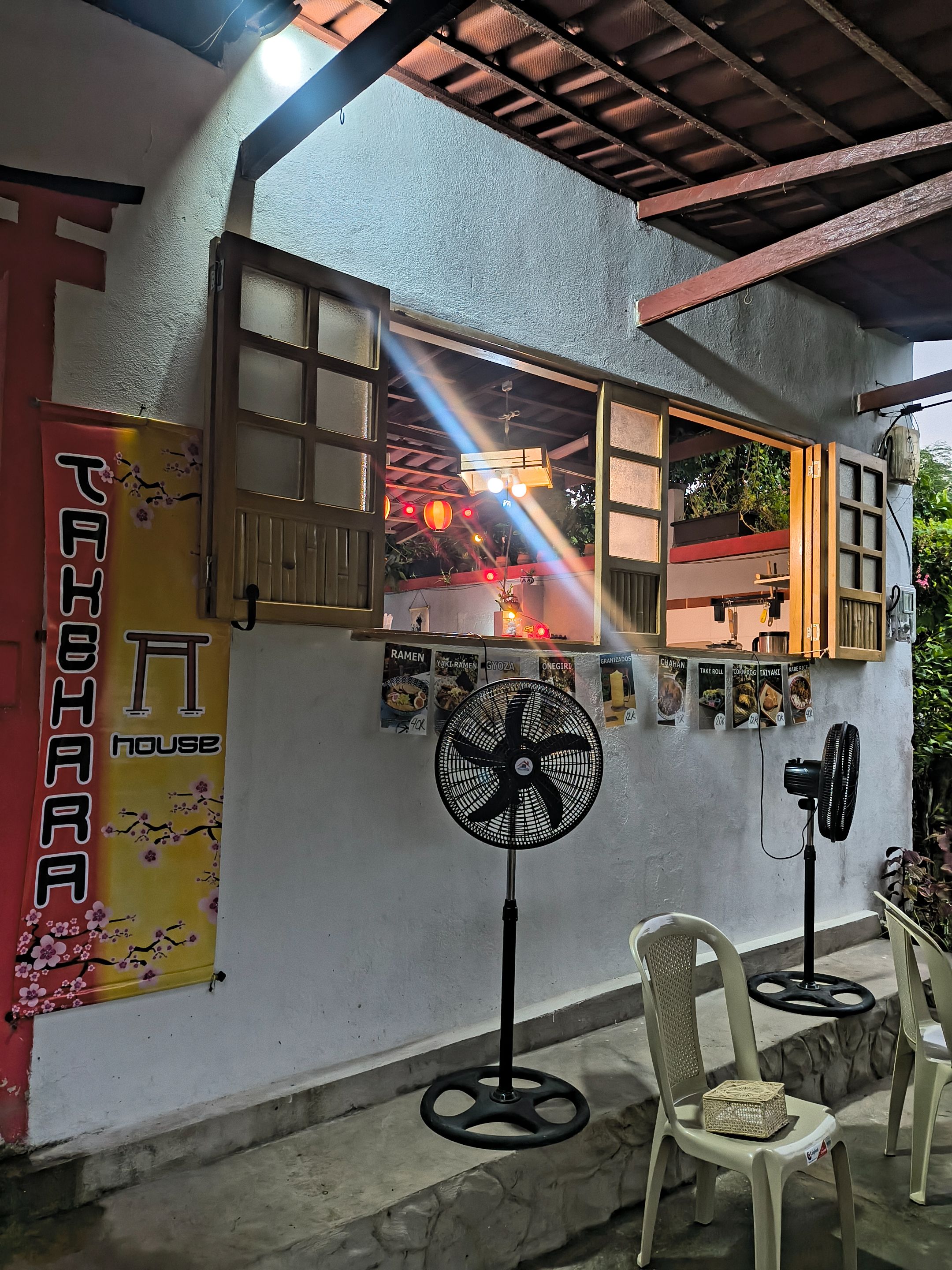
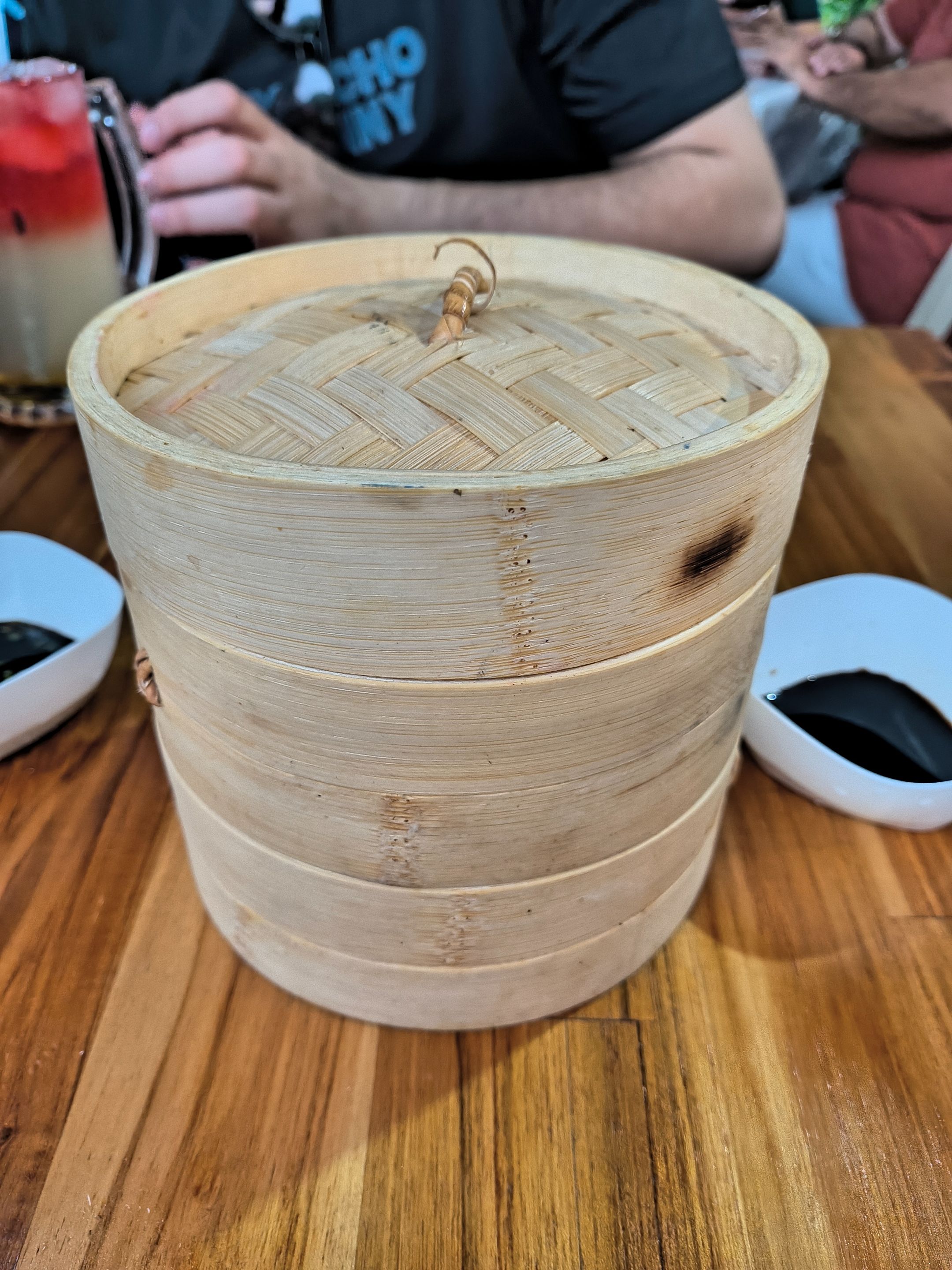
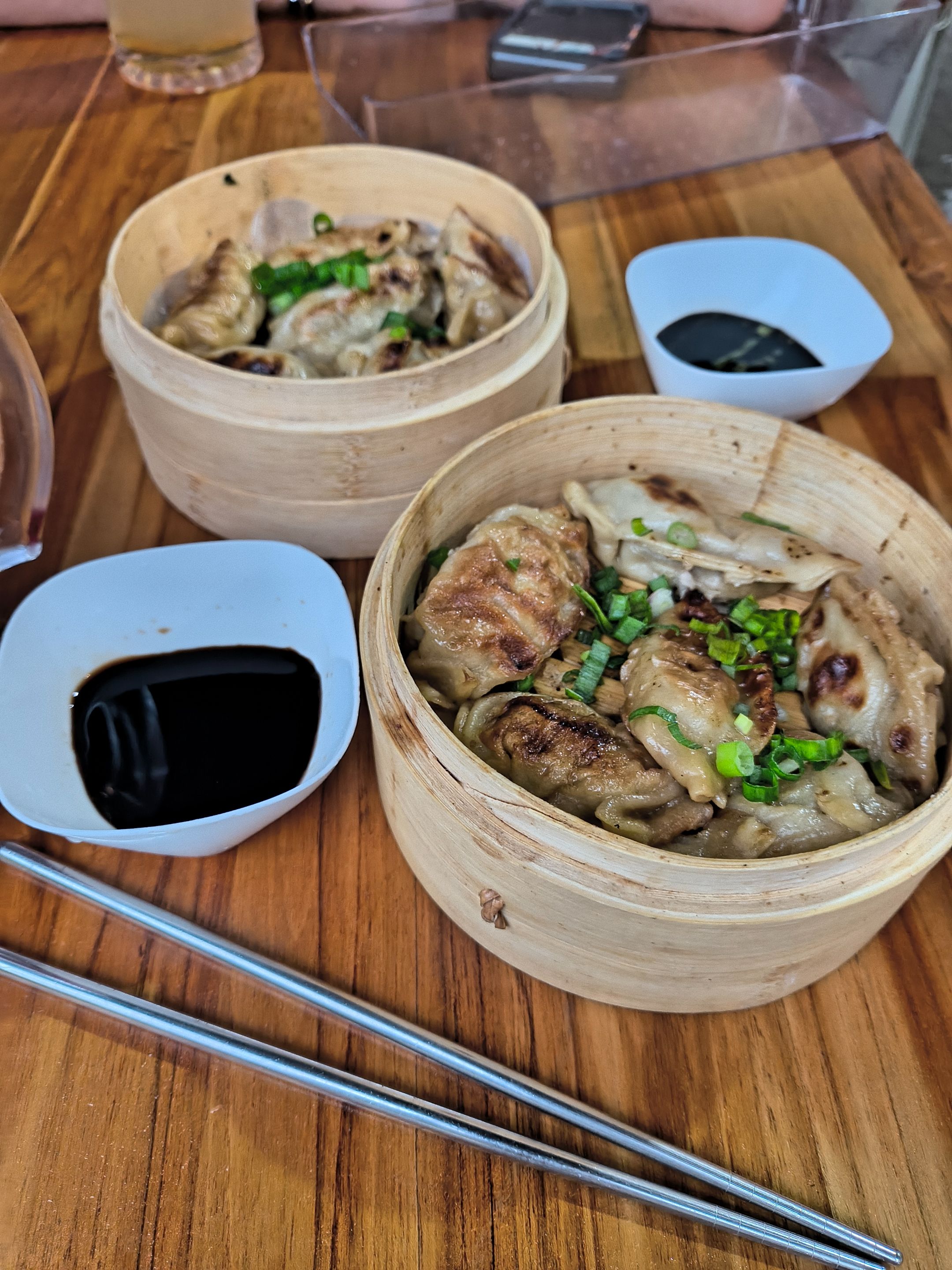
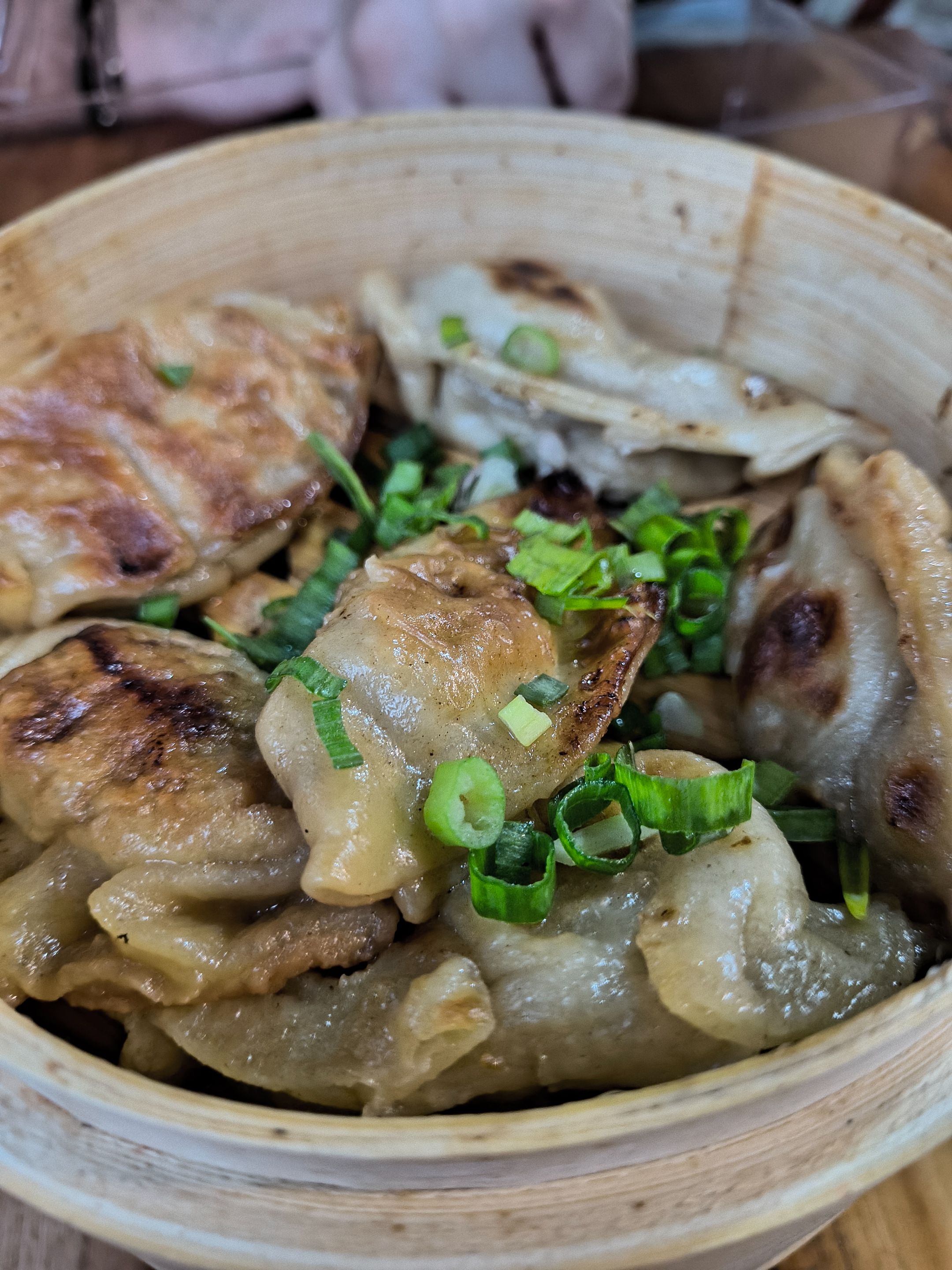
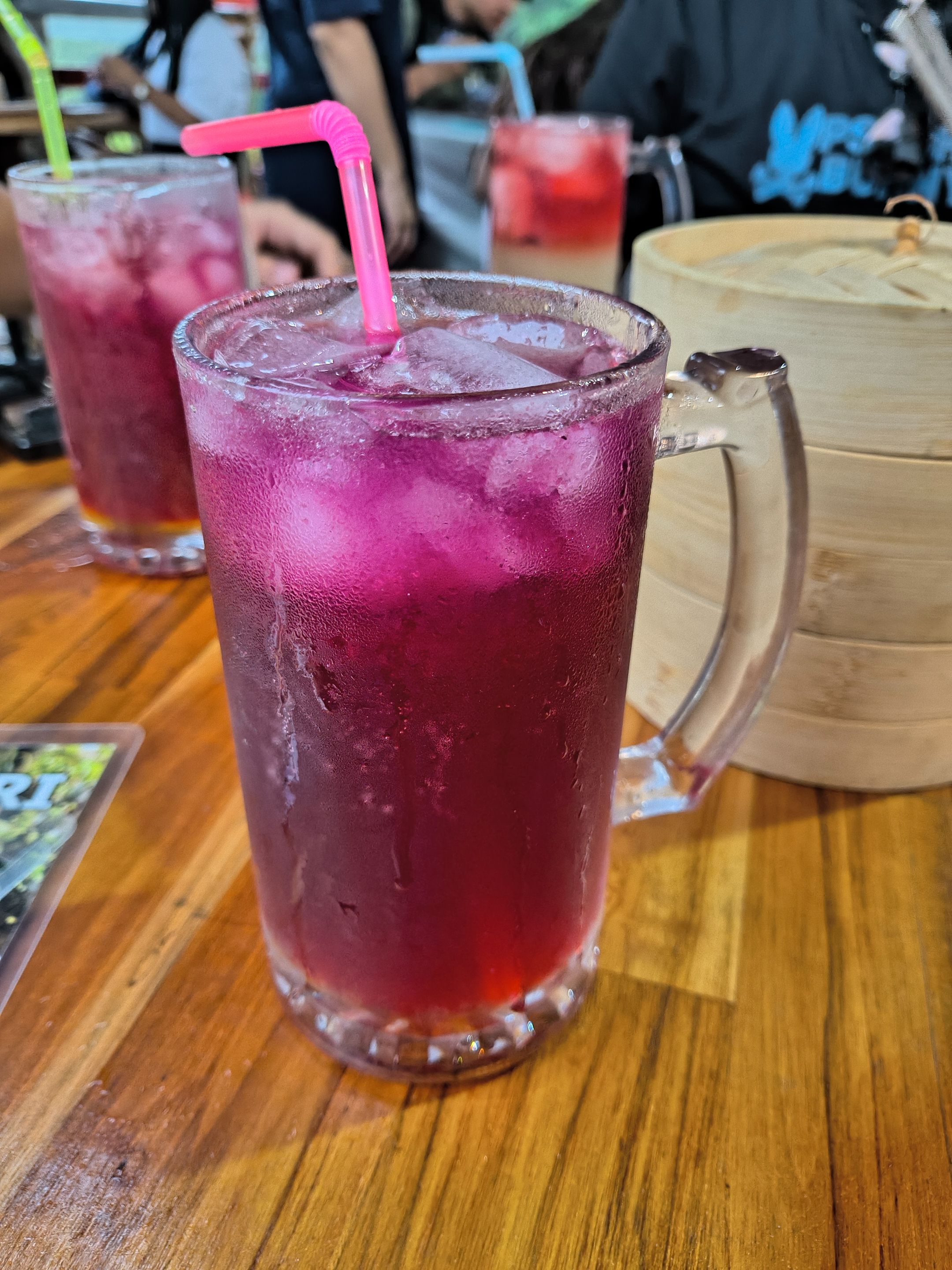
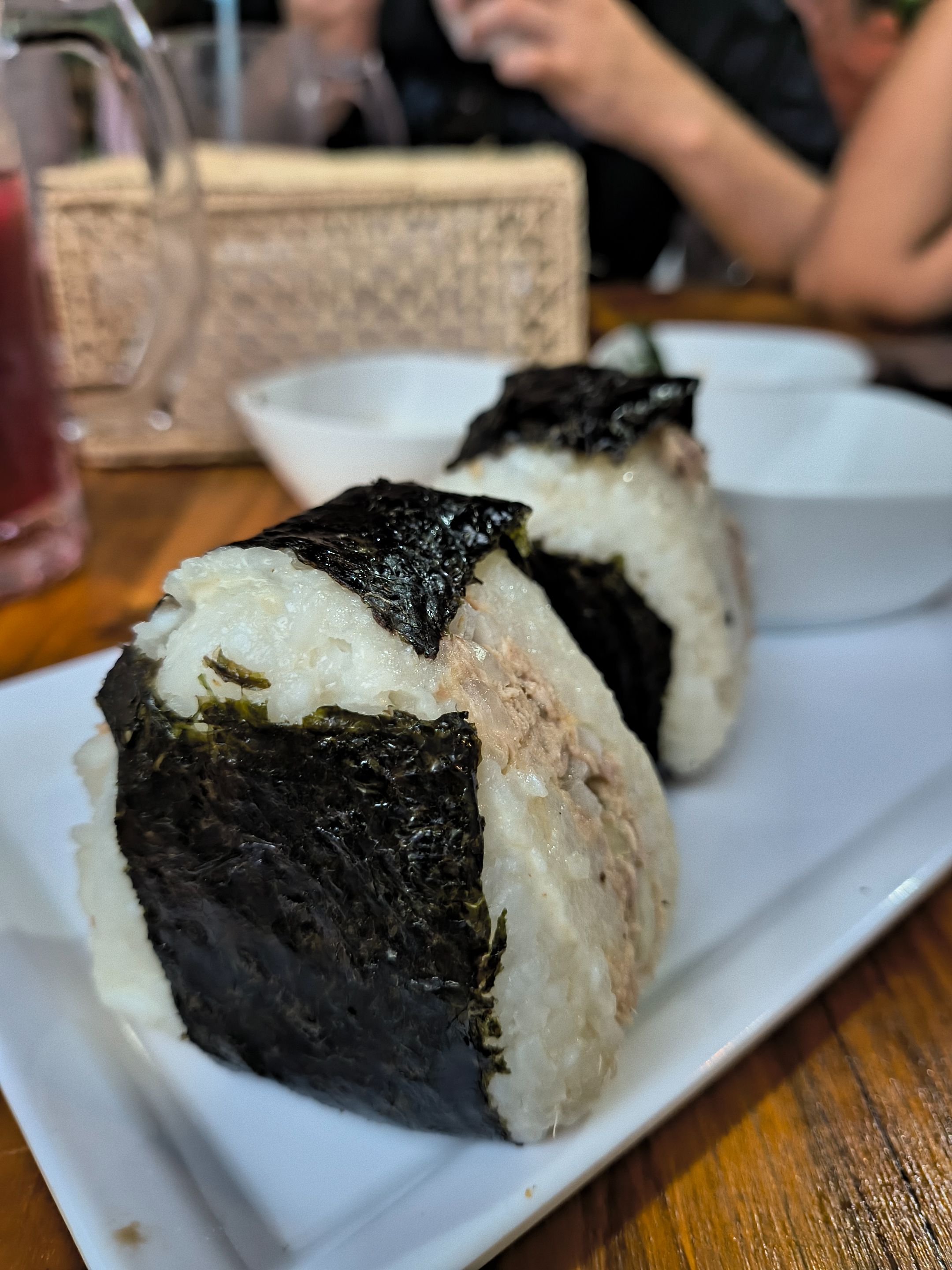
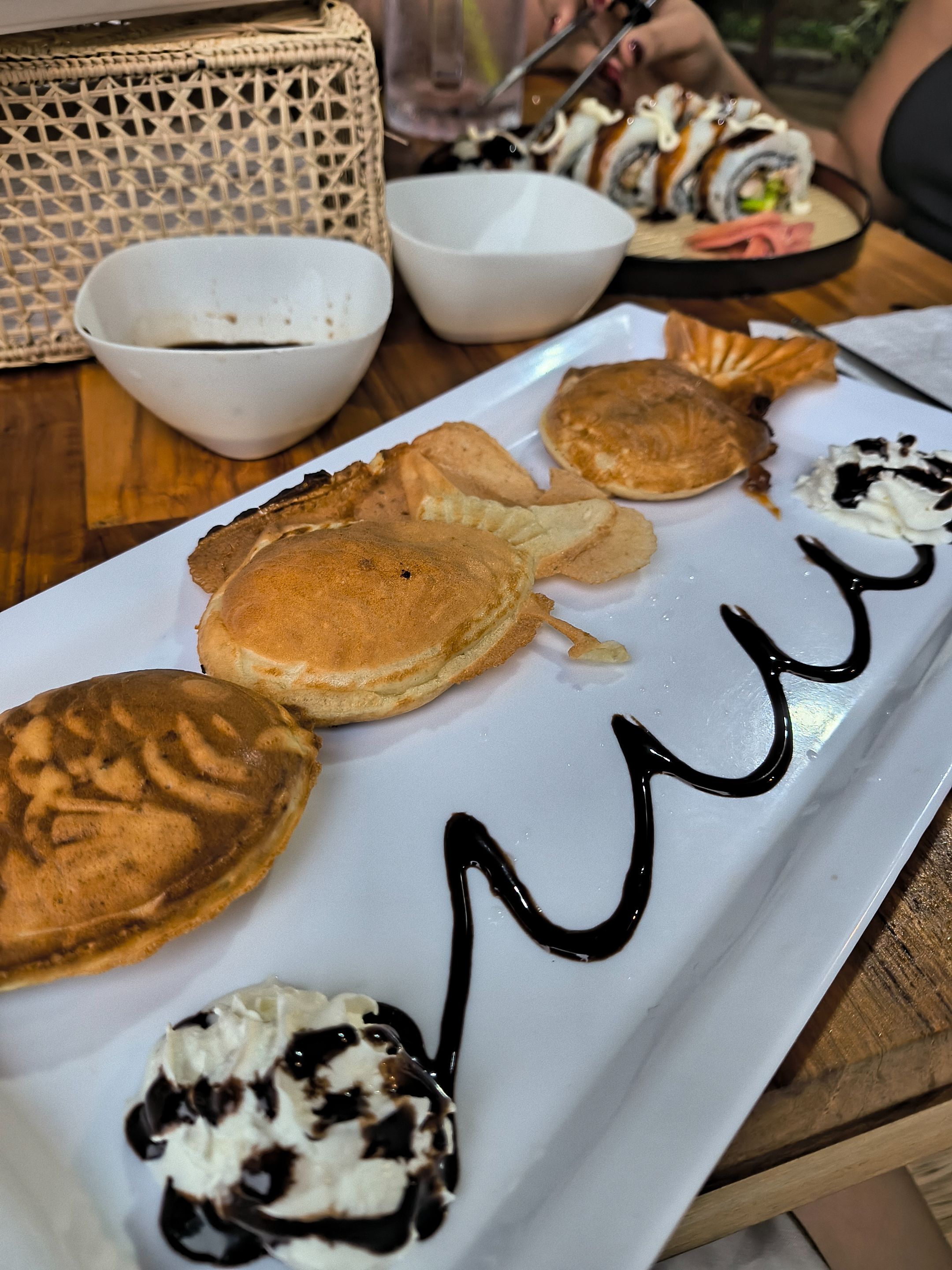 Una vez terminada la parte gastronómica, nos ofrecieron vivir una experiencia aún más completa: vestirnos con kimonos y tomarnos algunas fotos para el recuerdo. Sin pensarlo, aceptamos encantados. Eso sí, había un costo por persona de $15.000 pesos colombianos ($3,71 dólares).
Mientras nos ayudaban a vestirnos, la señora encargada de este espacio nos explicó más sobre este traje típico, contándonos que era muy común usarlo en celebraciones y fechas importantes. También compartió con nosotros que era descendiente de japoneses: su abuelo fue uno de los tantos inmigrantes que llegaron a Usiacurí. Incluso nos mostró una foto de él, lo que nos pareció un detalle muy especial y curioso.
Como no podíamos quedarnos con la información a medias, además de que los documentos que nos mostraron estaban escritos en japonés, decidimos investigar más a fondo en internet. Así descubrimos que este lugar fue concebido en Usiacurí como un tributo a la ciudad de Takehara, cuna del primer inmigrante japonés que llegó a Colombia. Allí se instaló un espacio cultural y simbólico para los descendientes de la comunidad nikkei, que actualmente es la segunda más grande del país.
Una vez terminada la parte gastronómica, nos ofrecieron vivir una experiencia aún más completa: vestirnos con kimonos y tomarnos algunas fotos para el recuerdo. Sin pensarlo, aceptamos encantados. Eso sí, había un costo por persona de $15.000 pesos colombianos ($3,71 dólares).
Mientras nos ayudaban a vestirnos, la señora encargada de este espacio nos explicó más sobre este traje típico, contándonos que era muy común usarlo en celebraciones y fechas importantes. También compartió con nosotros que era descendiente de japoneses: su abuelo fue uno de los tantos inmigrantes que llegaron a Usiacurí. Incluso nos mostró una foto de él, lo que nos pareció un detalle muy especial y curioso.
Como no podíamos quedarnos con la información a medias, además de que los documentos que nos mostraron estaban escritos en japonés, decidimos investigar más a fondo en internet. Así descubrimos que este lugar fue concebido en Usiacurí como un tributo a la ciudad de Takehara, cuna del primer inmigrante japonés que llegó a Colombia. Allí se instaló un espacio cultural y simbólico para los descendientes de la comunidad nikkei, que actualmente es la segunda más grande del país.
Once the gastronomic part was over, they offered us to live an even more complete experience: to dress up in kimonos and take some pictures for the memory. Without thinking about it, we were delighted to accept. Of course, there was a cost per person of $15,000 Colombian pesos ($3.71 USD). While they helped us get dressed, the lady in charge of this space explained more about this typical costume, telling us that it was very common to wear it in celebrations and important dates. She also shared with us that she was a descendant of Japanese: her grandfather was one of the many immigrants who arrived in Usiacurí. He even showed us a picture of him, which we found a very special and curious detail. As we could not keep the information halfway, besides the fact that the documents we were shown were written in Japanese, we decided to investigate further on the internet. Thus we discovered that this place was conceived in Usiacurí as a tribute to the city of Takehara, cradle of the first Japanese immigrant who arrived in Colombia. A cultural and symbolic space was installed there for the descendants of the Nikkei community, which is currently the second largest in the country.

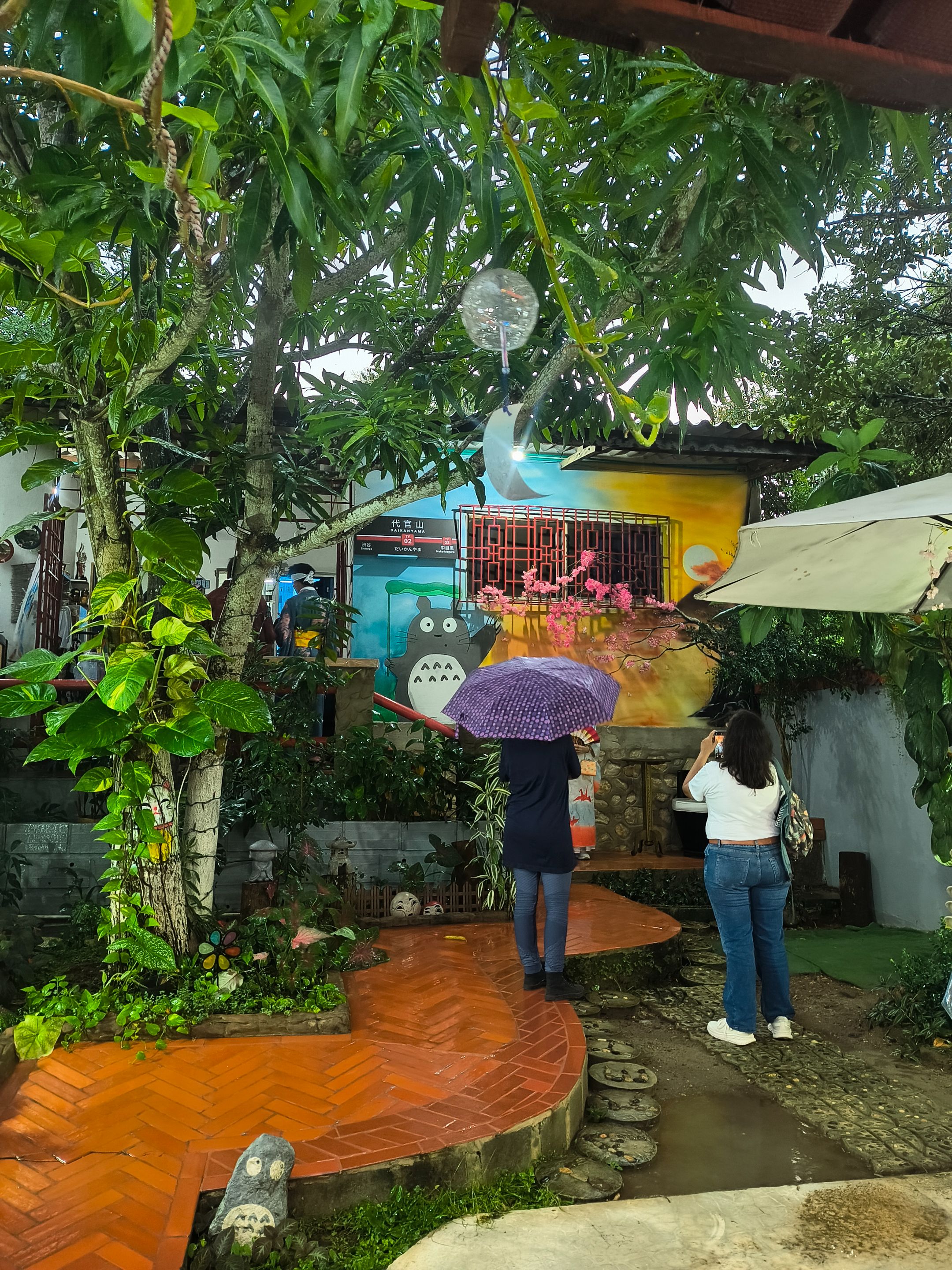
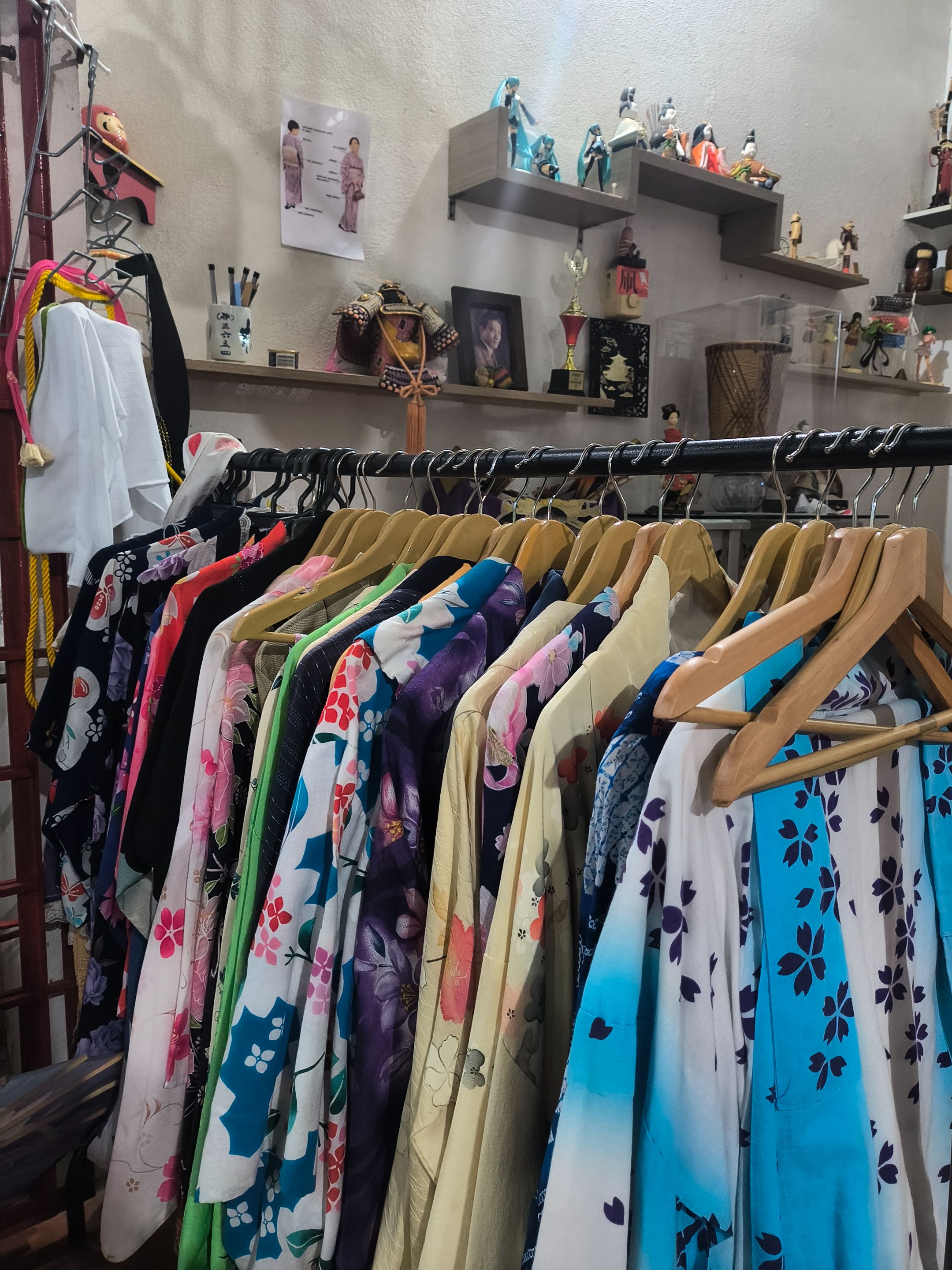

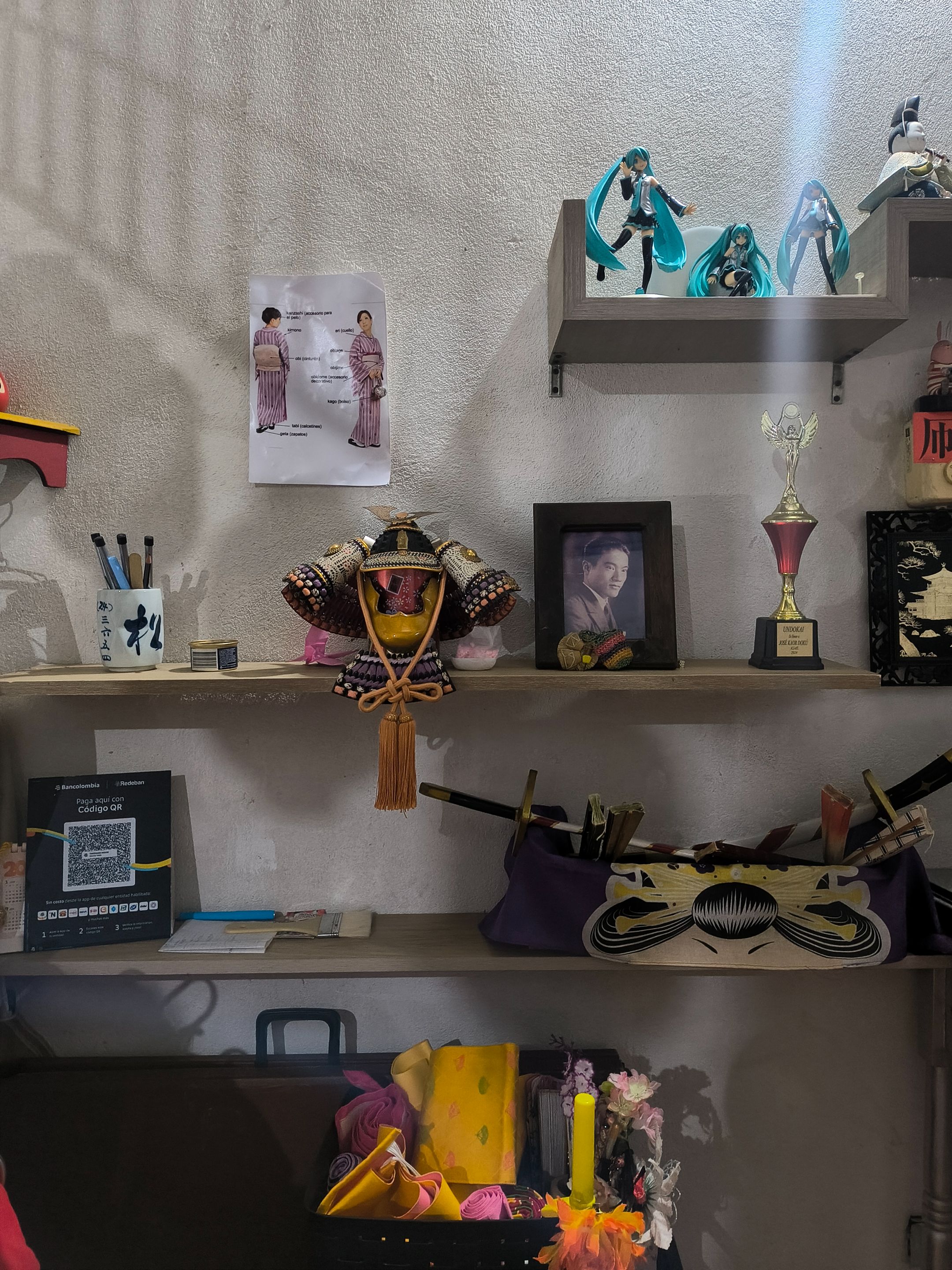
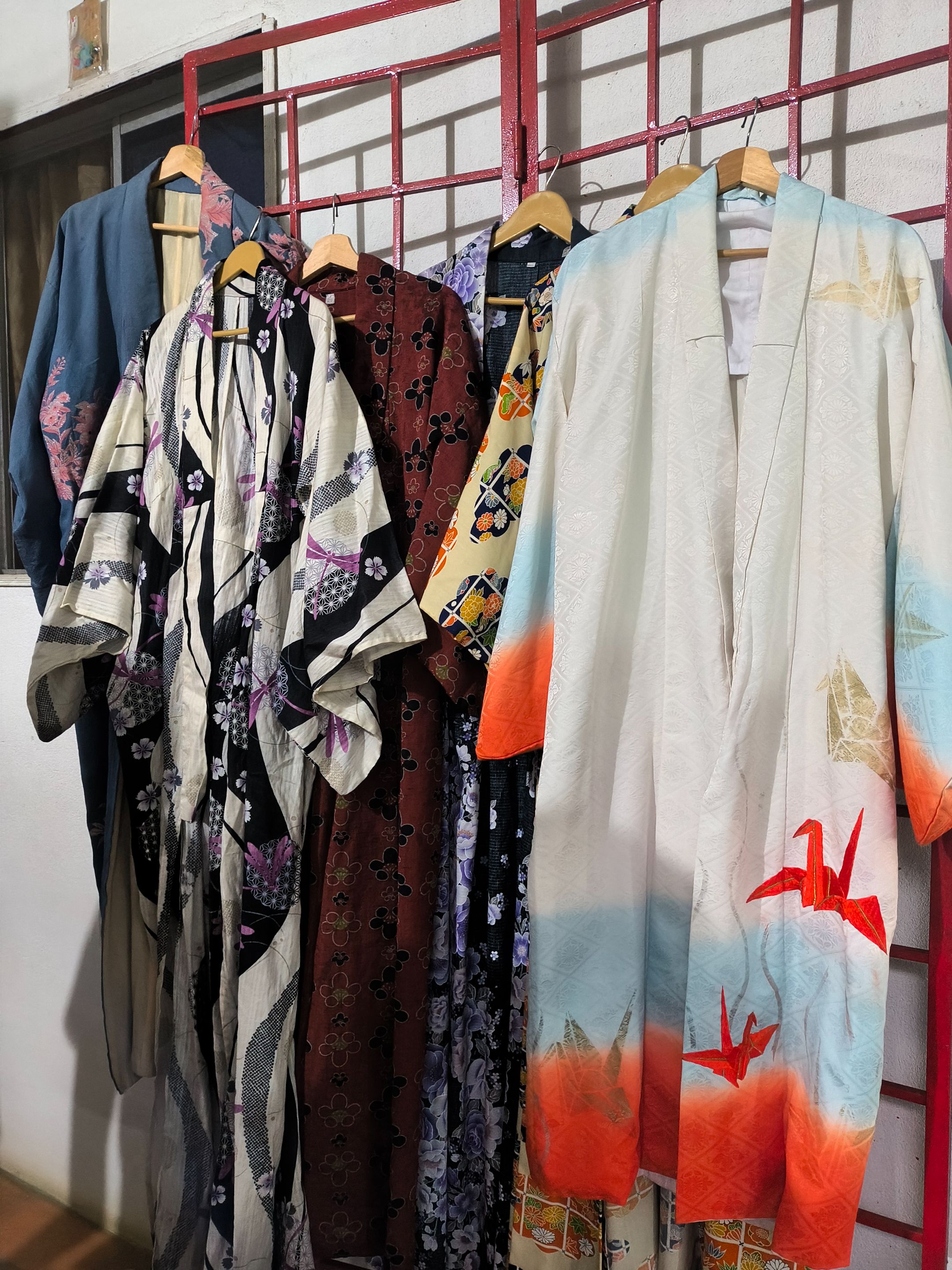
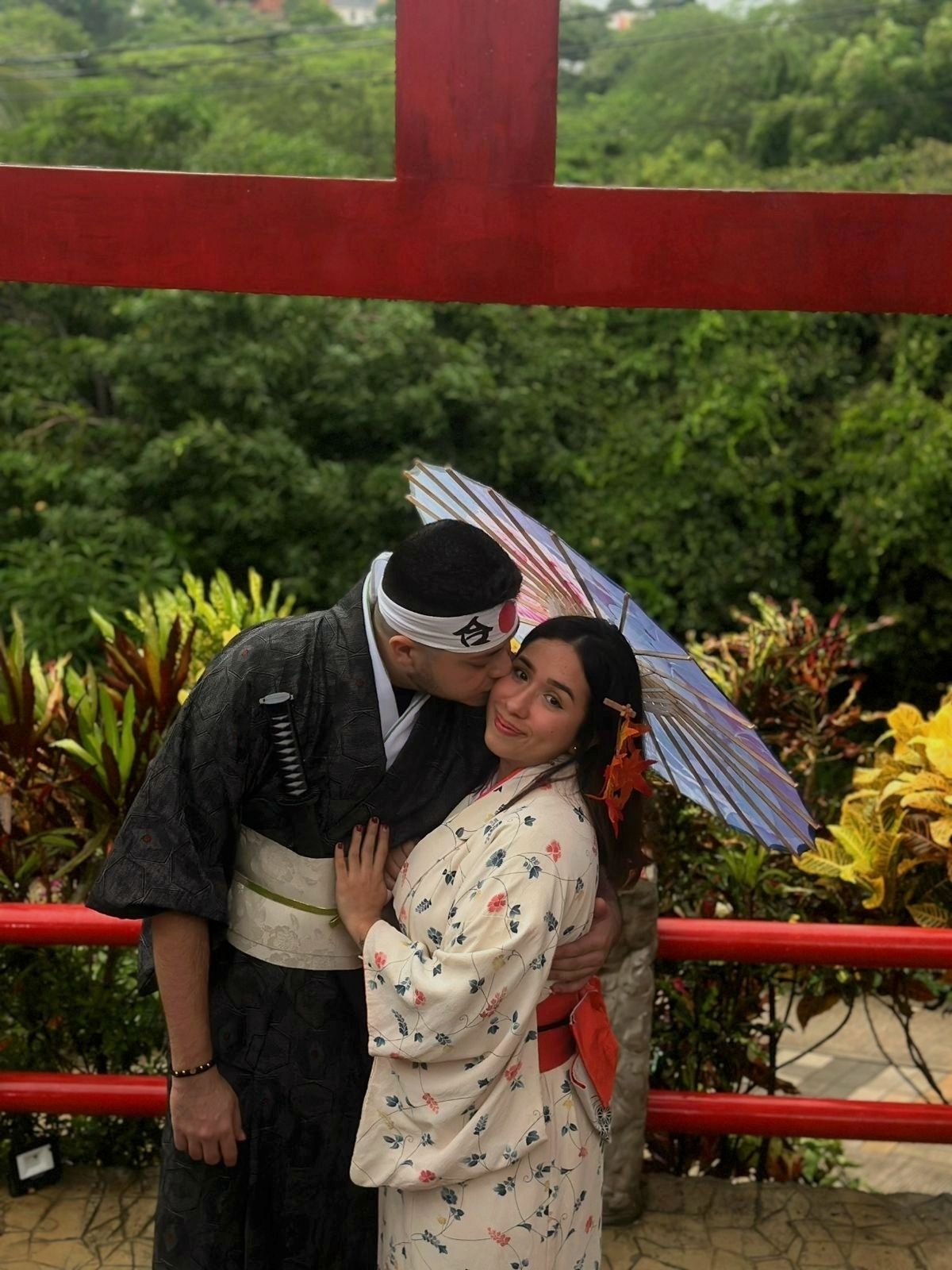
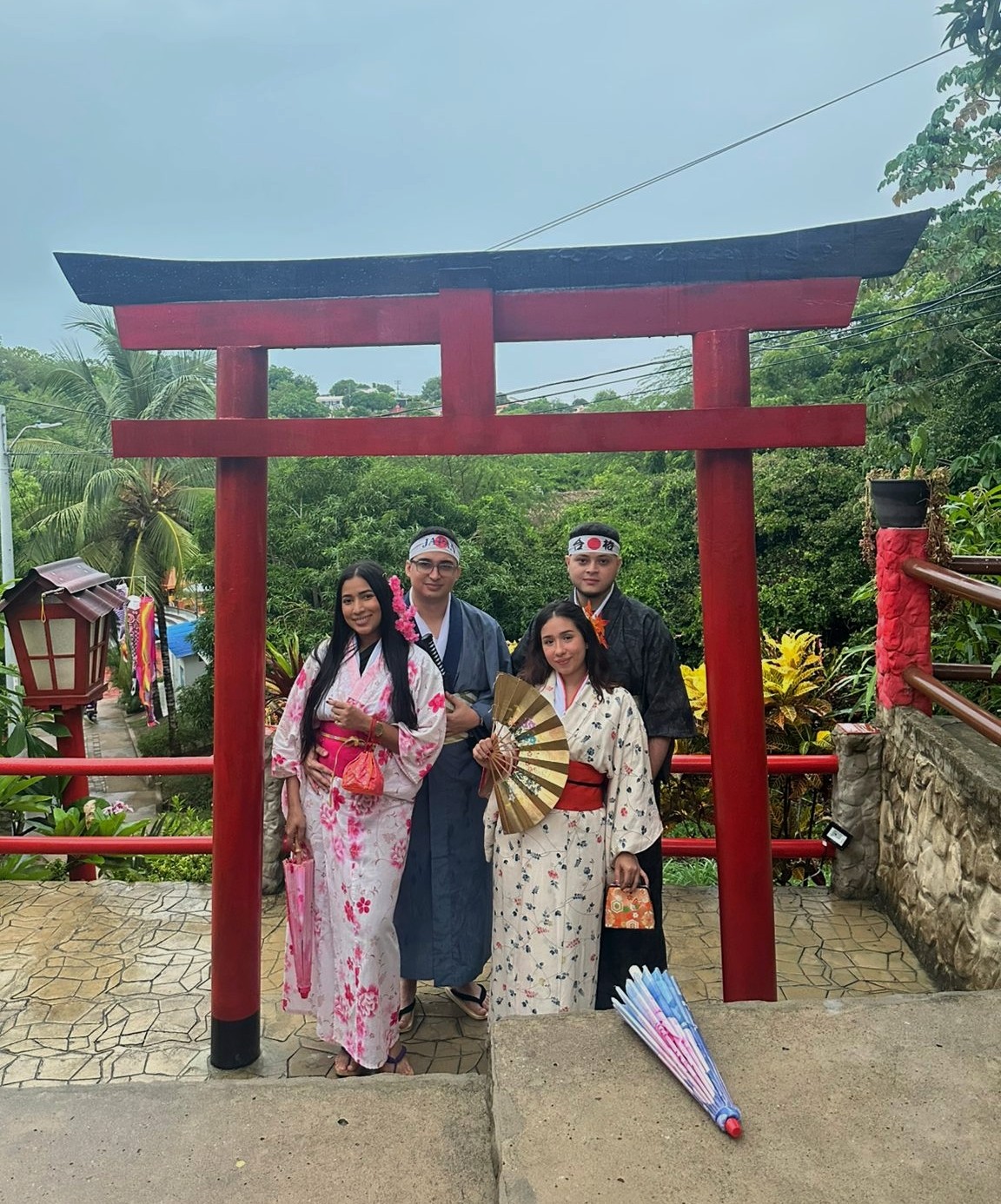

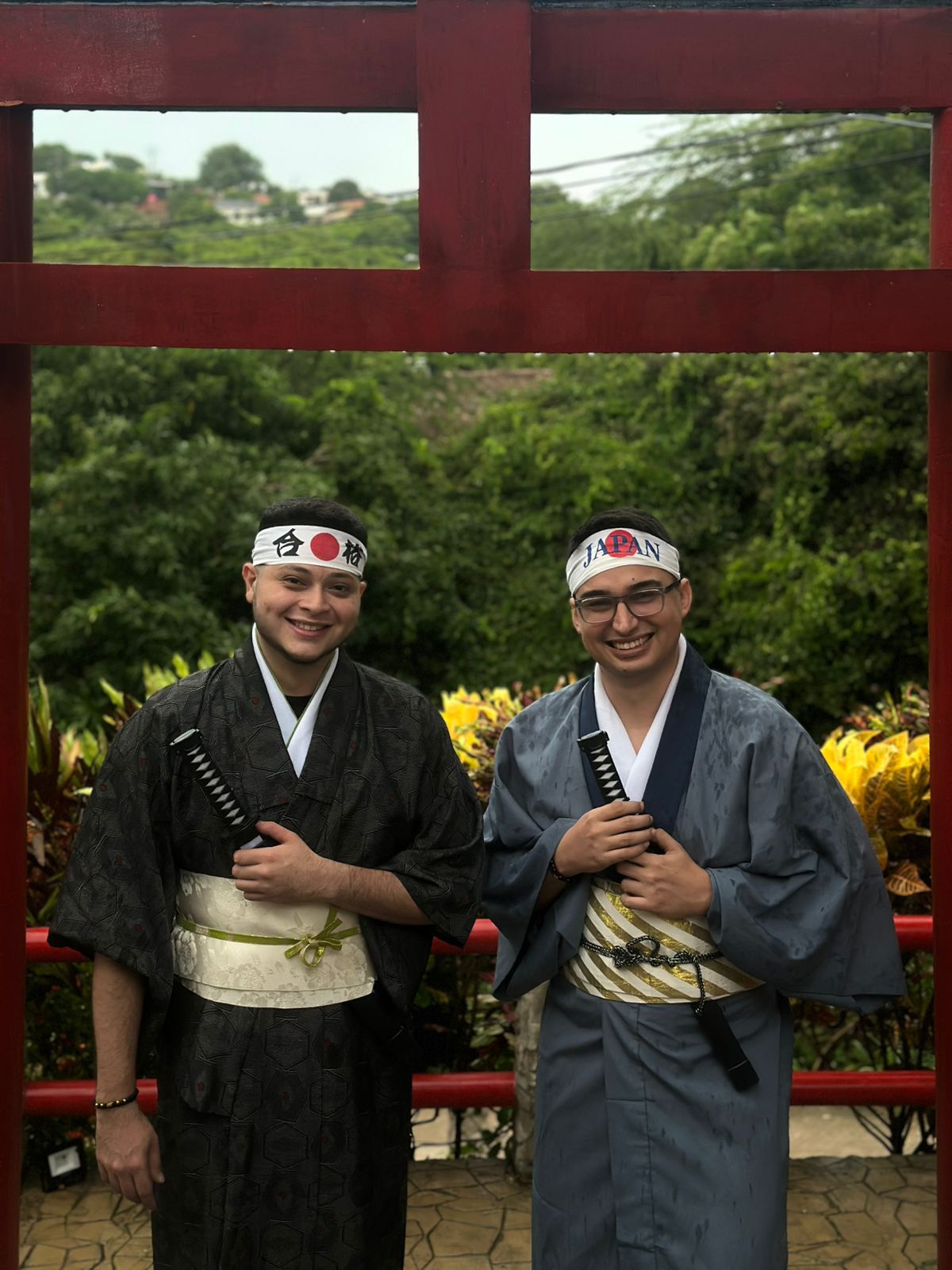 Como pueden ver, Takehara House es mucho más que un lugar donde venden comida típica japonesa (además, ofrecen clases donde te enseñan a preparar estos platillos). Es un viaje emocional y cultural, un punto de encuentro entre Japón y Colombia donde puedes conectar con historia, sabores y personas increíbles.
Si pueden visitarlo, anímense a vivir la experiencia completa: vestir los trajes, probar los sabores y dejarse llevar por la magia de este rincón único. Sin duda, vale la pena.
Como pueden ver, Takehara House es mucho más que un lugar donde venden comida típica japonesa (además, ofrecen clases donde te enseñan a preparar estos platillos). Es un viaje emocional y cultural, un punto de encuentro entre Japón y Colombia donde puedes conectar con historia, sabores y personas increíbles.
Si pueden visitarlo, anímense a vivir la experiencia completa: vestir los trajes, probar los sabores y dejarse llevar por la magia de este rincón único. Sin duda, vale la pena.
As you can see, Takehara House is much more than a place where they sell typical Japanese food (they also offer classes where they teach you how to prepare these dishes). It is an emotional and cultural journey, a meeting point between Japan and Colombia where you can connect with history, flavors and incredible people. If you can visit it, be encouraged to live the whole experience: wear the costumes, taste the flavors and let yourself be carried away by the magic of this unique corner. Without a doubt, it is worth it.
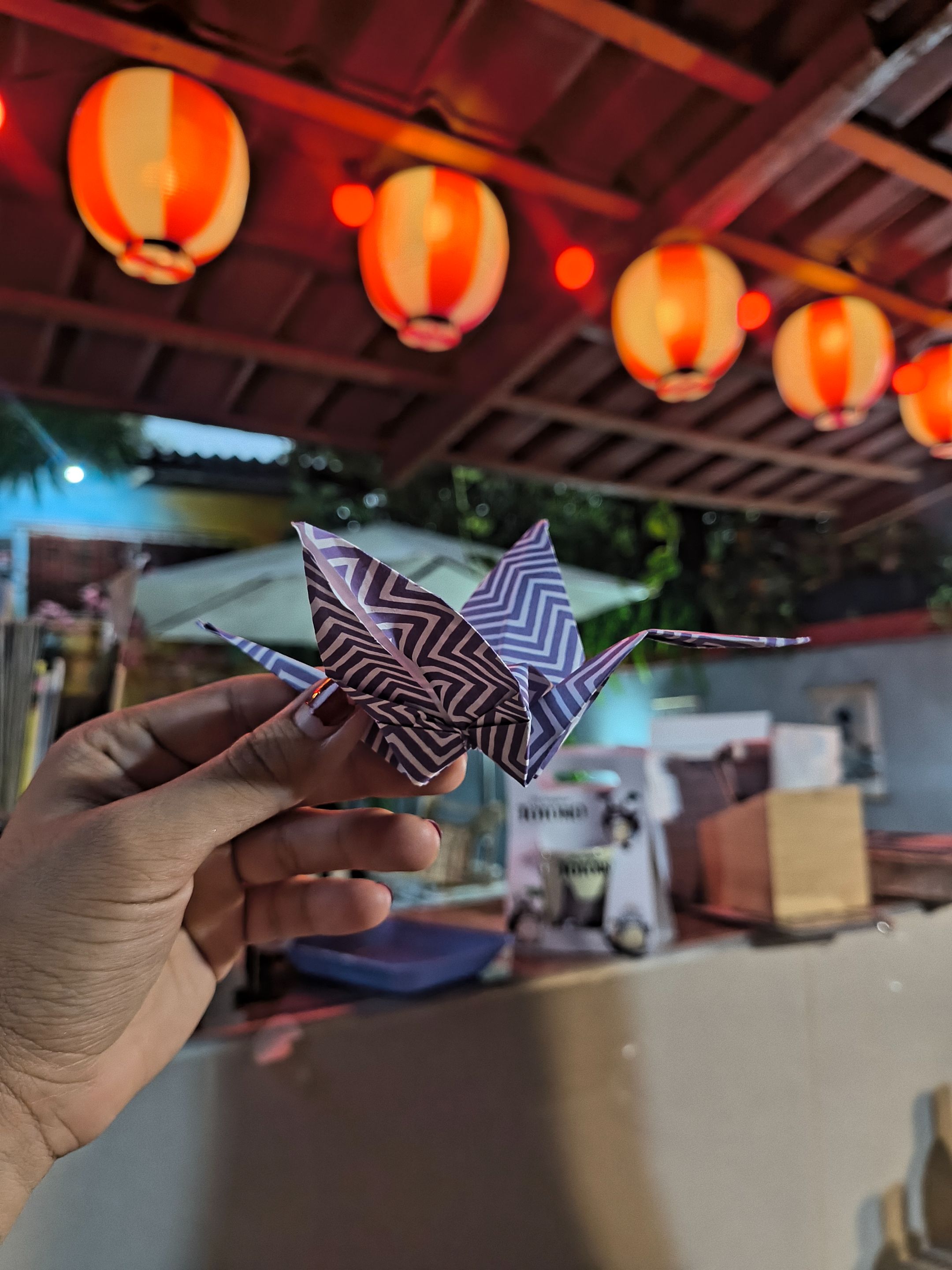 ---
---